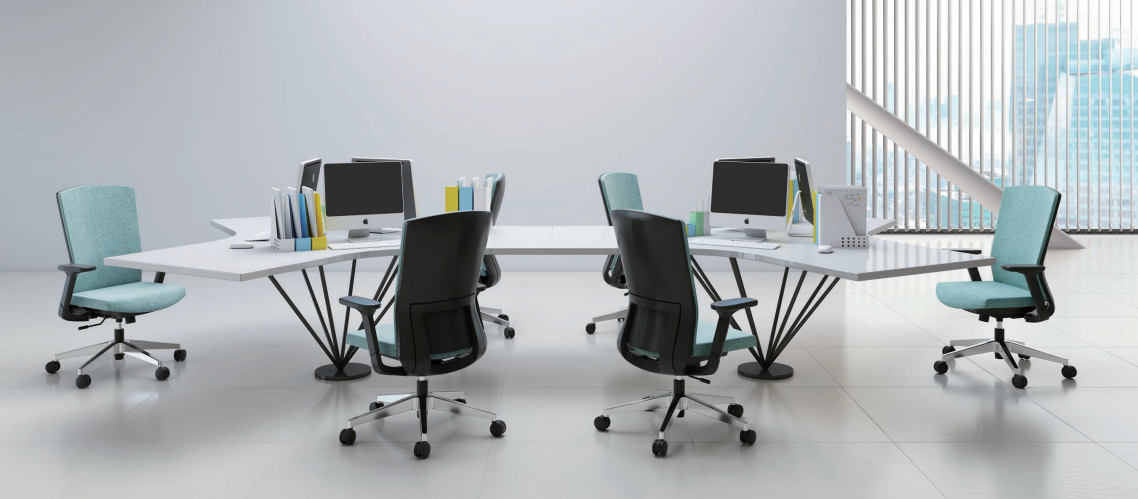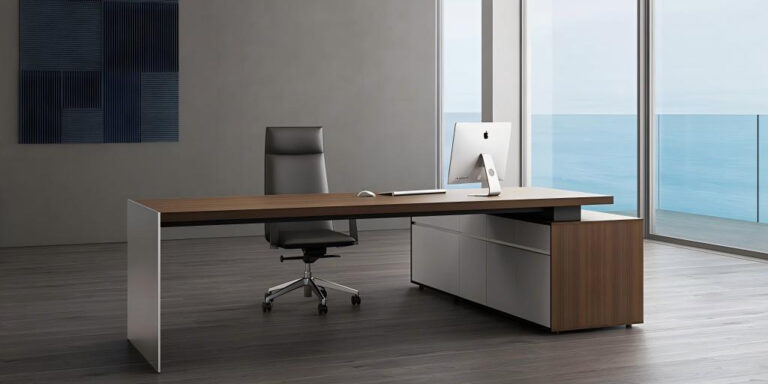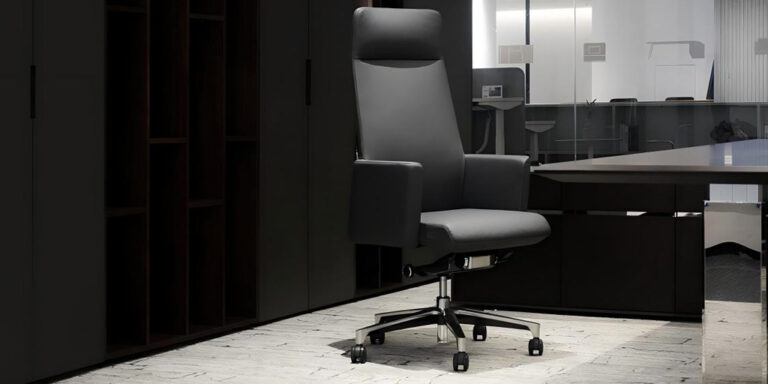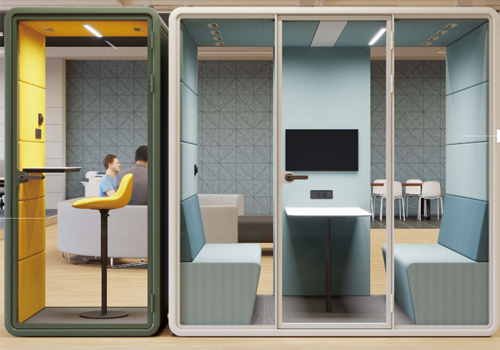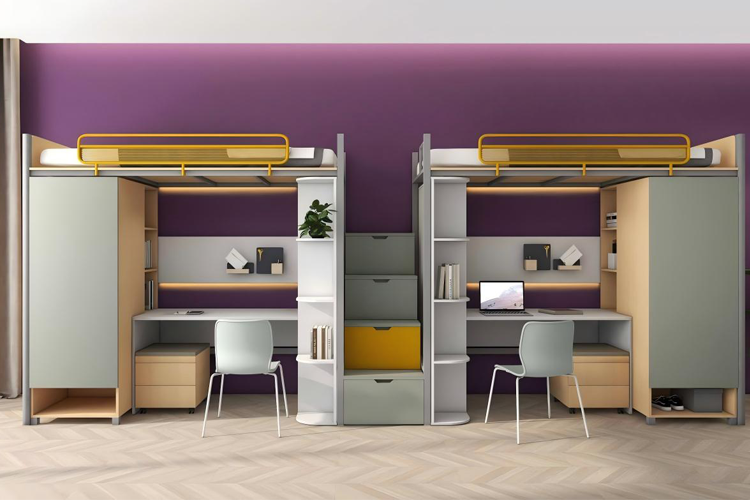Big and Tall Office Chair: Frames, Bases, Gas Lifts! What To Check
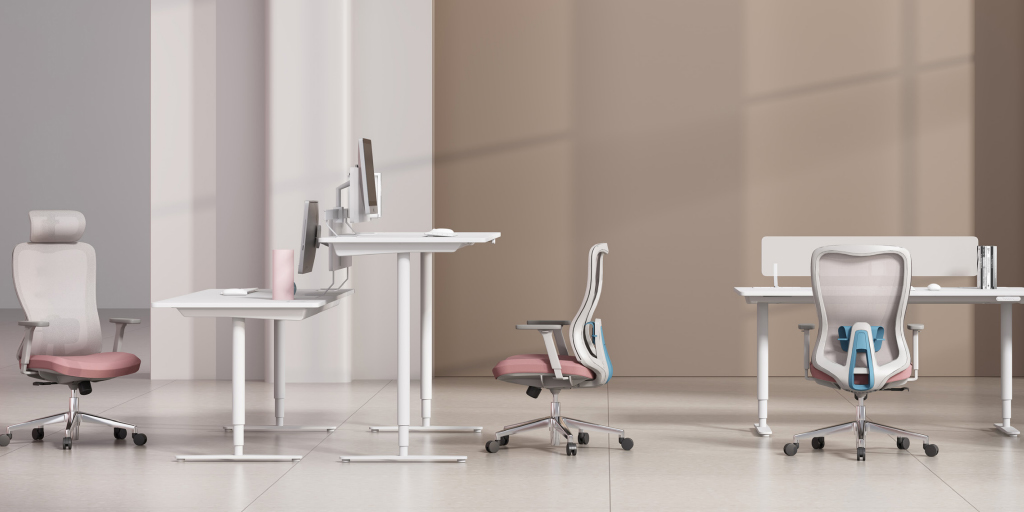
You want a chair that won’t creak, sink, or tip. If you’re shopping for a big and tall office chair, the spec sheet can hide what truly matters. The core is simple: structure and fit keep you safe and comfortable.
A strong frame, a stable five‑leg base with the right casters, and a heavy‑duty gas lift handle for load and movement. Then seat width, seat depth, and backrest support decide how you feel at hour eight, not just minute one. Standards help too. They separate real testing from marketing claims.
In this guide, you’ll see exactly what to check—frames, bases, gas lifts, and fit settings that make work easier on your body.
What Makes a Big And Tall Office Chair Safe?
Moreover, safety starts with structure: a reinforced frame, a wide five‑leg base, and a heavy‑duty cylinder matched to your size. Fit and adjustments finish the job.
Check Frame Strength Then Inspect Joints
Specifically, look at the visible metal thickness around the seat plate and the back‑mounts. Continuous, even welds resist flex better than thin tubing with short tacks. The seat pan should not bow when you push down with both hands. Joints at the mechanism should feel rigid, not springy. If the chair claims a high rating, look for any stated test standard or a clear capacity label. In shared spaces, aim for designs sold for continuous duty, since cyclic loads add up over time.
Confirm Five‑Leg Base For A Stable Footprint
Consequently, a five‑leg base lowers tip risk and keeps motion controlled. A wider diameter helps when you recline or reach. Pair the base with casters matched to your floor to avoid skids or stalls that twist joints. Larger wheels roll more easily and handle debris better. If you see options like steel chair base or aluminum chair base, evaluate the build quality and diameter before the finish.
Verify Gas Lift Class, Then Check Stroke Length
Furthermore, pick a cylinder marketed as a class 4 gas lift when available. Check the stroke range so your knees sit just below hip level at your desk. If you are tall, confirm the compressed length won’t keep the seat too high at its lowest setting. If you are short, avoid extra‑long cylinders that force a perch.
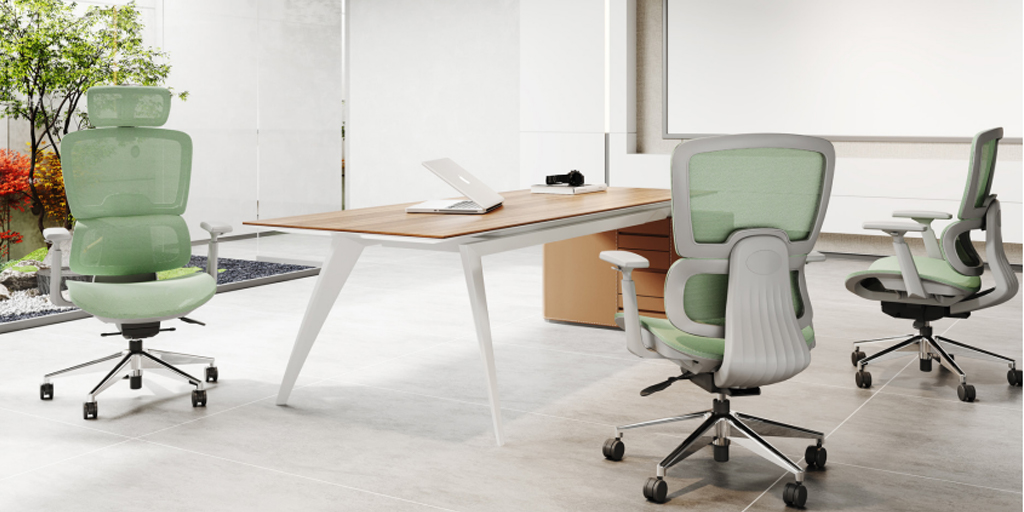
Which Frame Materials Last Under Real Weight?
Notably, reinforced steel or heavy‑gauge metal frames with clean welds outlast thin, mystery‑alloy builds under higher loads. If a chair is labeled for continuous duty, that’s a strong durability signal.
Compare Metal Thickness, Then Review Weld Quality
In practice, generous overlap at stress points (arm brackets, back posts, mechanism mounts) improves fatigue life. Smooth, even weld beads show better control. Loose brackets or visible gaps are red flags. If the listing claims an ANSI/BIFMA rating, that’s better than vague promises.
Match Frame Design To Daily Use Demands
On the other hand, a standard chair might work for short sessions, but multi‑shift spaces benefit from thicker plates and stronger joints. If a workspace runs many hours, look for models marketed as a 24/7 chair so the structure matches the duty cycle.
How Do Chair Bases Prevent Tip‑Overs And Wobbles?
Therefore, bases protect you by spreading the load across five points and keeping your center of mass inside a wide footprint. Correct casters let you roll smoothly and stop predictably.
Choose A Wider Base Diameter For Stability
For example, taller users or frequent recliners should prefer a wider base. Stiffness and diameter matter more than cosmetic finish. Check that the hub bolts and mechanism bolts are snug; a quick tighten can stop wobble from growing.
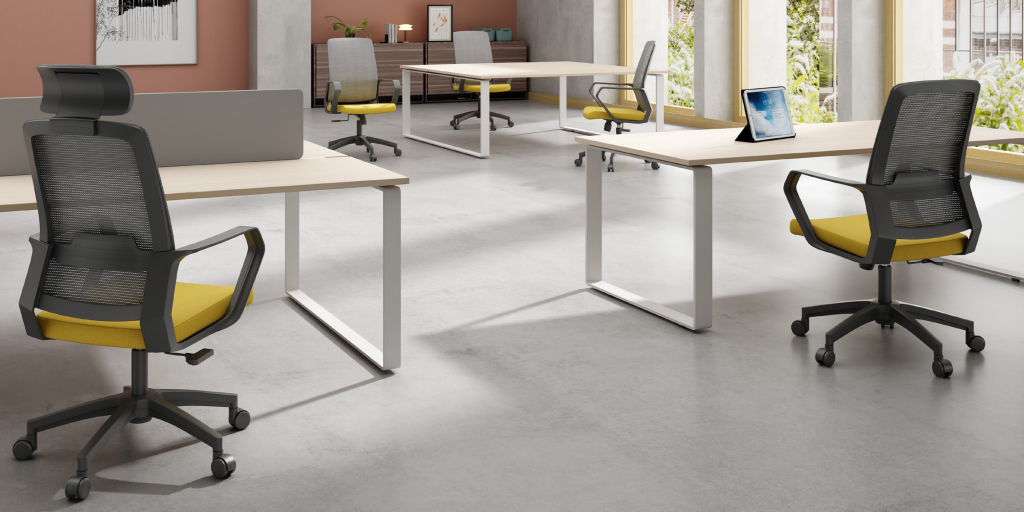
Select Floor‑Matched Casters For Controlled Rolling
Overall, use hard nylon casters on carpet and soft or polyurethane on hard floors. Larger wheels (about three inches or more) roll more easily over thick carpet and thresholds. Total load depends on per‑caster ratings multiplied by five. Smooth rolling protects your joints and the base.
What Gas Lift Specs Should Heavy Users Demand?
Thus, choose a cylinder with the right class and the right stroke. Also, confirm the lowest seat height fits your leg length. Not all “tall” lifts suit everybody.
Size The Cylinder To Your Sit Height Target
Namely, measure from the floor to the underside of your knee while wearing your usual shoes. That is your seat‑height center. Pick a cylinder stroke that lets you adjust a little below and above that number. If your desk is higher or lower than standard, account for that too.
Avoid Activation Mismatches During Replacements
Still, not every cylinder triggers the same way. Some mechanisms push from the top; others push from the side. Mismatches leave the lever dead. Check photos and specs of your original part before ordering a replacement.
Do Seat Width And Depth Fit Your Body?
Then, yes—fit is non‑negotiable. Width must allow easy egress. Depth should support your thighs while leaving space behind the knees. Sliding seats help dial this in.
Measure Hip Width, Then Pick Seat Clearance
Furthermore, aim for hip width plus about one to two inches on each side. Too narrow pinches and limits movement; too wide misaligns your arms. A wide seat cushion helps larger bodies sit centered without crowding the armrests. In your notes, include your exact hip width so you can compare listings that group seat width and depth in one line.
Set Seat Depth To Support Most Of The Thigh
In turn, target one to two inches of space between the seat front and the back of your knees. If more than one person uses the chair, a sliding seat pan keeps support without losing back contact. In the paragraph above, I used the phrase big and tall office chair to flag where many spec sheets get confusing—make sure dimension lines are clear before you buy.
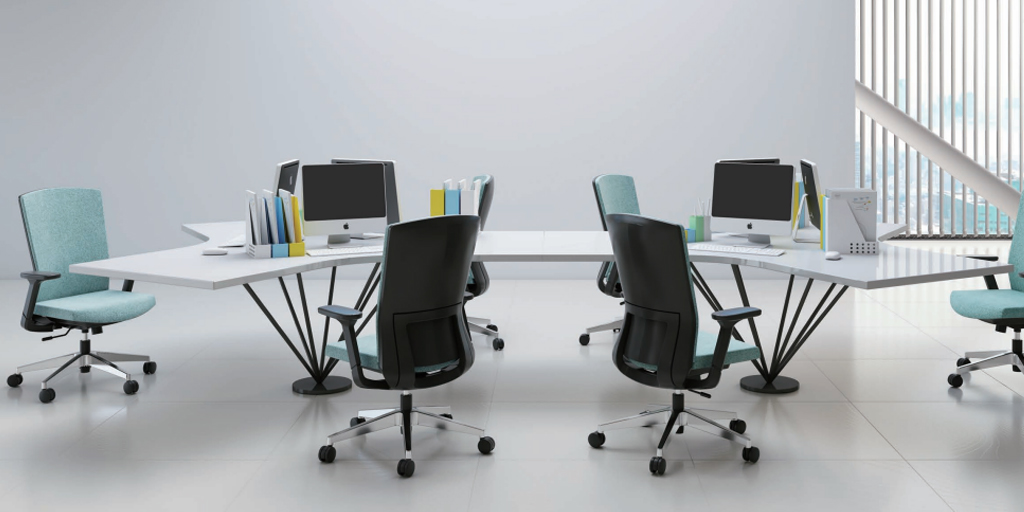
What Backrest And Lumbar Adjustments Matter Most?
Besides, a backrest that matches your spinal curve reduces fatigue. Recline and tilt, let your back share the load with your hips. Try to adjust both during a sit test.
Align Lumbar Height, Then Test Firmness Changes
Specifically, set lumbar height so the outward curve matches the small of your back. If you feel a gap, raise it. If it digs in, reduce depth if possible. Chairs with lumbar support adjustability make this faster and more accurate.
Tune Recline Angl,e Then Set Tilt Response
On balance, recline at least a little from vertical and use the tilt lock mechanism to hold a comfortable angle. Adjust spring tension so you can move without falling back. Changing positions throughout the day helps circulation and focus.
Which Casters Roll Safely On Your Floor Type?
Consequently, hard casters belong on carpet, and soft or PU casters belong on hard floors. Larger wheels roll more easily and handle debris better. Include one set of reinforced casters if loads are high.
- Pick Soft Tread For Hard Floor. Soft or PU treads grip and protect surfaces.
- Use Hard Tread On Carpet Nylon rolls best on fibers and avoids “stick.”
- Go Larger On Thick Carpet, Bigger wheels climb pile and thresholds.
- Check Per‑Caster Rating. Multiply by five and leave a safety margin.
- Match Stem Size To Chai:r Confirm diameter and length before buying.
- Clean Hair And Grit Quarterly Keep swivels smooth and bases happy.
- Replace Cracked Wheels. Early stop sudden stalls and base strain.
How Do Weight Ratings And Standards Compare?
Furthermore, published standards give you a fair way to compare chairs. Large‑occupant tests raise loads and cycles and may set minimum dimensions. Always verify the exact claim.
Common Ratings And What They Mean
| Standard/Rating | Intended User Weight | Seat Width Minimum | What To Check | Source |
| ANSI/BIFMA X5.1 (General) | ~253 lb basis for tests | Not specified | Suits most users; compare your weight to the chair label | BIFMA |
| ANSI/BIFMA X5.11 (Large Occupant) | 400 lb basis for tests | 22″ minimum | Use when higher capacity or wider seats are needed | BIFMA |
| “BIFMA Compliant” Registry | Varies by product | Varies | Confirm the standard listed, not just the phrase | BIFMA |
When a listing says an ANSI/BIFMA rating, make sure it names the standard, not just “BIFMA.”
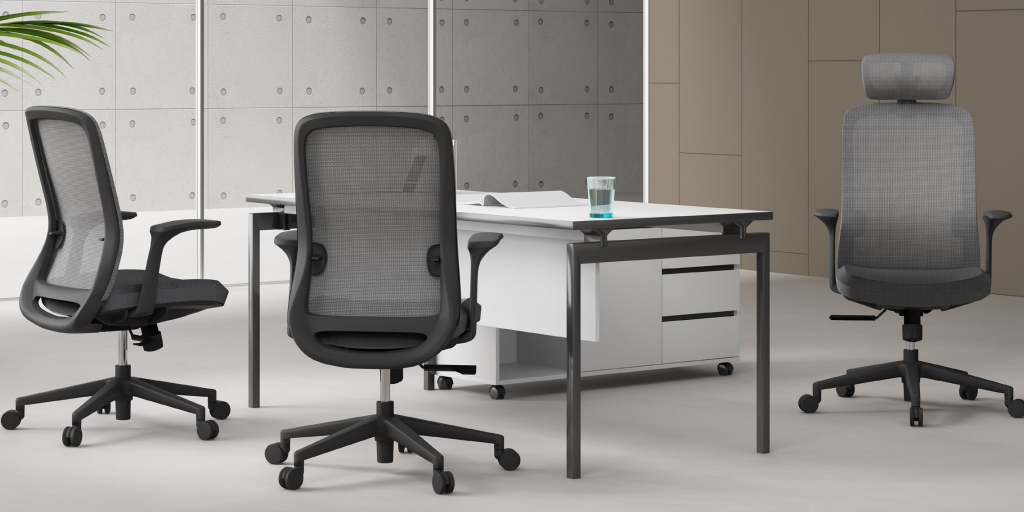
Can You Spot Issues During A Five‑Minute Check?
Consequently, yes—you can catch weak points before you buy or accept delivery. Use this quick scan in the store or right after unboxing.
- Wiggle Arms and Back Joints. Look for play at brackets and mounts.
- Check Base And Bolt: Verify five legs, no cracks, bolts snug.
- Roll And Swivel Smoothly. No grinding, scraping, or sudden stalls.
- Raise And Lower While Seated. No sinking or lag; lever responsive.
- Set Seat Height And Depth.h Knees clear; thighs fully supported.
- Adjust Lumbar And Recline Support lands in your low back; recline holds.
- Confirm Label And Capacity. Look for a clear ANSI/BIFMA rating.
- Match Casters To Floor Hard for carpet; soft or PU for hard floors.
What Maintenance Extends A Heavy‑Duty Chair’s Life?
Overall, small fixes prevent big failures. Tighten bolts, clean casters, and replace worn parts before they break under load.
- Tighten Fasteners Quarterly. Stop wiggle from turning into wobble.
- Vacuum Hair From Caster.s Keep rolling easy and reduce strain.
- Replace A Sinking Cylinder: Swap the lift instead of the whole chair.
- Lubricate Squeaks Sparingly. Use approved lube points only.
- Inspect the Arm Pads and Brackets pto revent sharp edges and stress.
- Rotate Or Replace Wheels. Promote even wear; upgrade if needed.
- Check Tilt Locks And Springs Keep recline safe and predictable.
Where Can You Try Reliable Big‑And‑Tall Seating?
Moreover, test fit before you commit. Look for retailers that publish full dimensions, clear ratings, and trial options.
- Evidence Pack to bring: your hip width, knee‑to‑floor height, desk height, and a note on daily use time. Also, note your floor type for caster choice.
- You can compare dimension‑rich executive and ergonomic chairs at OnMuse Furniture and match sizes to your notes without pressure.
Compare Options Using Your Exact Measurements
Specifically, match your numbers to seat width, depth, and height ranges, then confirm backrest travel and arm clearance. A five‑minute sit should feel natural, not forced.
Verify Standards Before You Check Out
Therefore, confirm any claim of large‑occupant testing or an ANSI/BIFMA rating against the listing. If the standard name is missing, ask for it.
FAQs
1. How Much Seat Width Do Larger Users Usually Need?
Aim for hip width plus one to two inches of clearance on each side. Test standing up and sitting down a few times to confirm easy egress.
2. What’s The Fastest Way To Tell If A Chair Is Stable?
Look for a five‑leg base, roll in a circle to feel for snags, and lean back slightly. You should feel no wobble or tip sensation.
3. Does A “Class 4” Gas Lift Guarantee Durability?
It signals a higher‑spec cylinder, but stroke range and compatibility still matter. Match height needs and mechanism type before buying.
4. Are Aluminum Bases Always Better Than Nylon Bases?
Not always. Stability depends on design, diameter, and build quality. Pick by capacity and floor use rather than surface finish.
Conclusion
In short, safer seating for larger bodies starts with structure and ends with fit. Check the frame and mechanism quality, choose a wide five‑leg base with floor‑matched casters, and pick a cylinder with the right class and stroke. Then set seat width and depth, lumbar height, and recline so your posture stays easy. Tie claims to recognized standards so your big purchase lasts.
If you want a simple next step, write down your measurements and compare them to published specs. When you’re ready to test, you can review sizes and ranges at OnMuse, then sit in person to confirm the feel. That path keeps your investment in a reliable, big, and tall office chair working for years.

